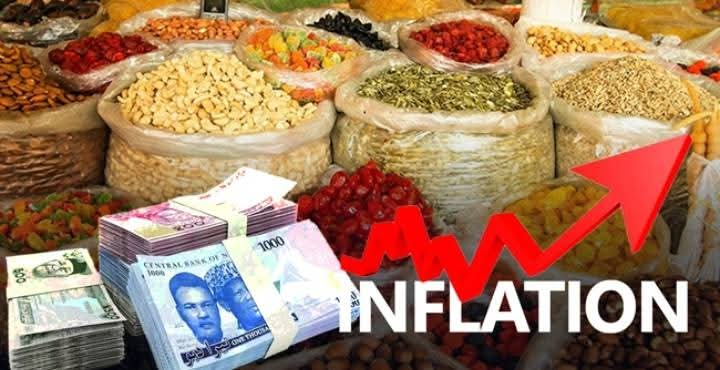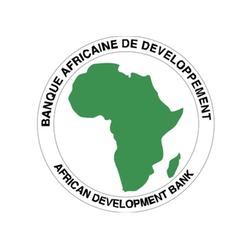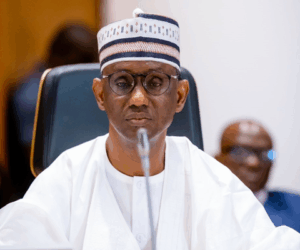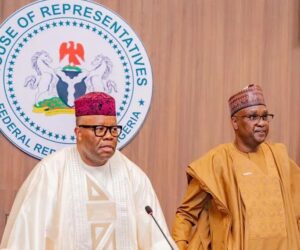

The Nigeria’s headline inflation rate eased further to 18.02 per cent in September 2025, the National Bureau of Statistics (NBS) has said.
The bureau, on its Consumer Price Index (CPI) and Inflation Report for September 2025, released Wednesday, said the figure represents 2.1 per cent compared to the 20.12 per cent recorded in August 2025.
The NBS stated that on a year-on-year basis, the headline inflation rate was 14.68 per cent lower than the rate recorded in September 2024 at 32.70 per cent.
This is even as analysts say monetary and fiscal reforms have driven down inflation rate.
On a month-on-month’, the bureau stated that the rate in September 2025 was 0.72 per cent, which was 0.02 per cent lower than the rate recorded in August 2025 at 0.74 per cent.
“This means that in September 2025, the rate of increase in the average price level was lower than the rate of increase in the average price level in August 2025,” it stated.
It said the three major contributors to the headline inflation year-on-year were Food and non-alcoholic Beverages at 7.21 per cent, Restaurants and Accommodation Services at 2.33per cent, and Transport at 1.92 per cent.
The report said the food inflation rate in September 2025 was 16.87 per cent on a year-on-year basis, which was 20.9 percentage points lower compared to the rate recorded in September 2024 at 37.77 per cent.
“The significant decline in the annual food inflation figure is technically due to the change in the base year,” the NBS said.
It said on a month-on-month basis, the food inflation rate in September was -1.57 per cent, which decreased by 3.22 per cent compared to the 1.65 per cent recorded in August 2025.
The NBS said the decrease in food inflation was attributed to the reduction in average prices of items such maize (corn), grains, garri, beans, millet, potatoes, onions, eggs, tomatoes, fresh pepper, etc.
The report said that core inflation stood at 19.53 per cent in September 2025, on a year-on-year basis.
“On a month-on-month basis, the Core Inflation rate was 1.42 per cent in September, which decreased by 0.01 per cent compared to the 1.43 per cent recorded in August 2025,” it added.
…States’ profile analysis
On states’ profile analysis, the report showed that in September, the all-items index inflation rate on a year-on-year basis was highest in Adamawa at 23.69 per cent, followed by Katsina at 23.53 per cent and Nasarawa at 22.29 per cent.
It said the slowest rise in headline inflation on a year-on-year basis was recorded in Anambra at 9.28 per cent, followed by Niger at 11.79 per cent, and Bauchi at 12.36 per cent.
The report, however, said that in September 2025, the inflation rate on a month-on-month basis was highest in Zamfara at 9.36 per cent, followed by Adamawa at 18.15 per cent, and Nasarawa at 7.49 per cent.
“Niger -8.14 per cent, followed by Oyo at -5.56 per cent and Bayelsa at -4.61 per cent recorded the slowest rise in month-on-month inflation.”
The report said on a year-on-year basis, food inflation was highest in Ekiti at 28.68 per cent, followed by Rivers at 24.18 per cent, and Nasarawa at 22.74 per cent.
Bauchi at 2.81 per cent, followed by Niger at 8.38 per cent and Anambra 8.41 per cent recorded the slowest rise in food inflation on a year-on-year basis.’’
The report, however, said on a month-on-month basis, food inflation was highest in Zamfara at 15.62 per cent, followed by Ekiti 12.77 per cent, and Sokoto at 12.55 per cent.
“Akwa Ibom at -12.97 per cent, followed by Borno at -22.95 per cent and Cross River at -10.36 per cent, recorded the slowest rise in inflation on a month-on-month basis.”
‘Monetary, fiscal reform working’
Reacting to the NBS release, Dr. Tunde Salami, a senior economist at Lagos Business School, described the inflation trend as “a welcome development” that reflects early gains from ongoing monetary and fiscal interventions.
“The slowdown in inflation is being driven by better foreign exchange stability and improved harvest season effects, which have eased pressure on food prices,” Salami explained.
Similarly, financial analyst and investment strategist, Mrs. Ebere Ijeoma, noted that while the figures are encouraging, “inflation remains structurally elevated.”
“Eighteen percent is still high by all standards. What we are seeing is a gradual easing, not a full reversal. For sustained relief, the government must address logistics bottlenecks, insecurity in farming regions, and high energy costs,” she said.
The NBS data also signals improved purchasing power for households in the short term, as easing food prices and moderated inflation may offer consumers temporary relief from months of rising costs. However, experts caution that inflationary risks remain if supply disruptions or currency volatility re-emerge in the coming months.
The Central Bank’s monetary tightening and targeted interventions in the food and energy sectors are expected to further anchor inflation expectations through the end of 2025.
Many analysts believe that if current stability in the foreign exchange market continues, inflation could trend closer to the 15–16 per cent band by early 2026.








